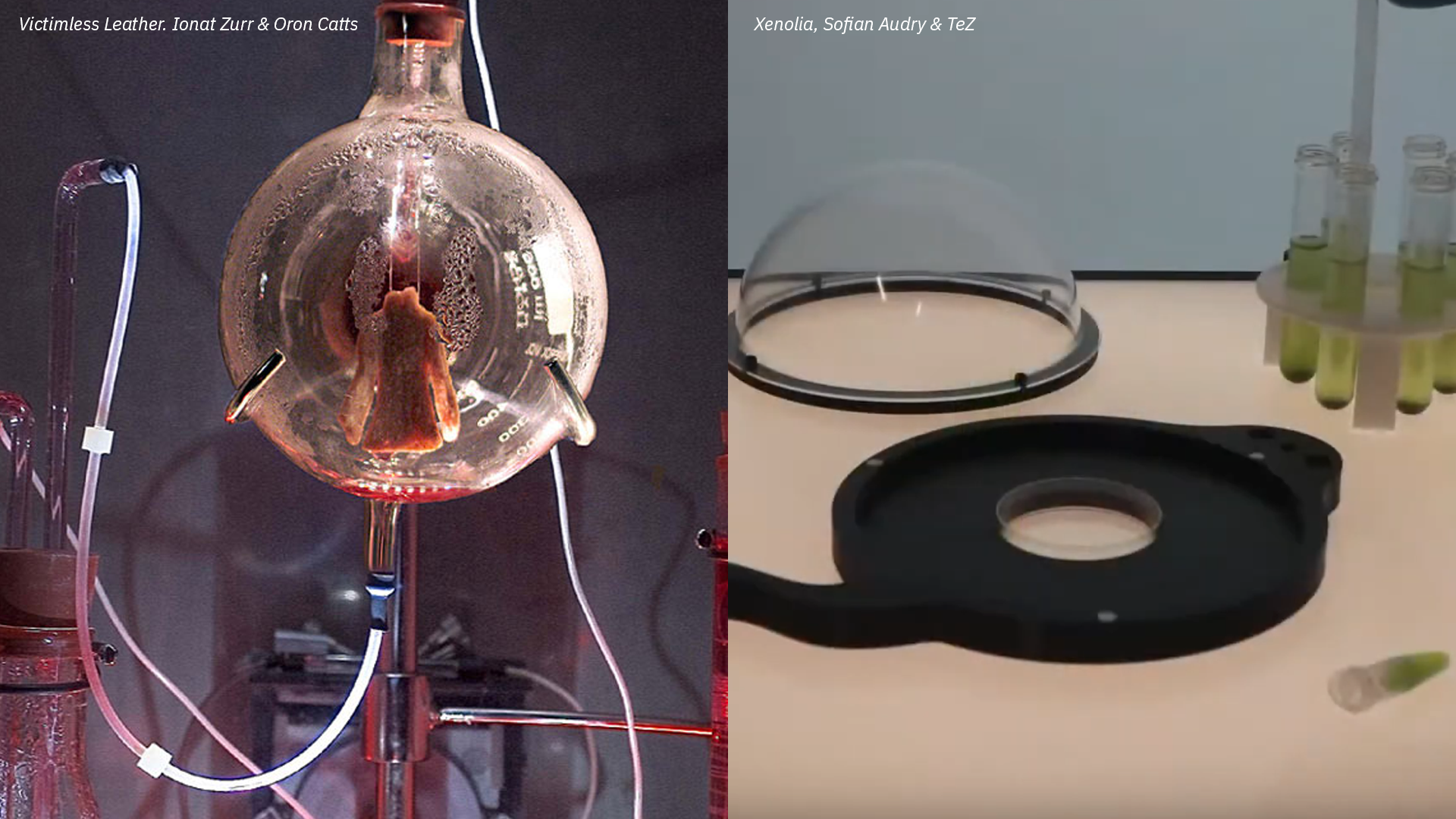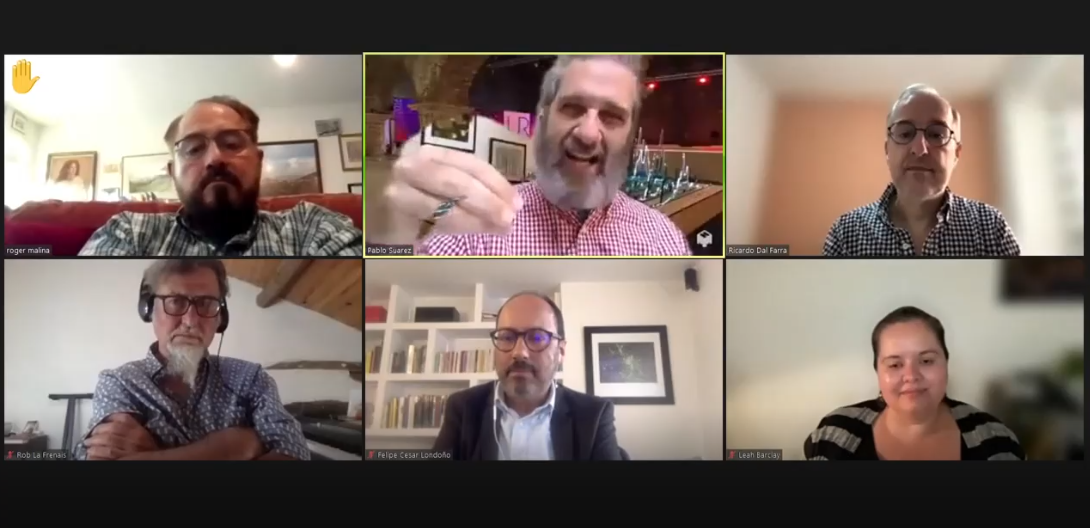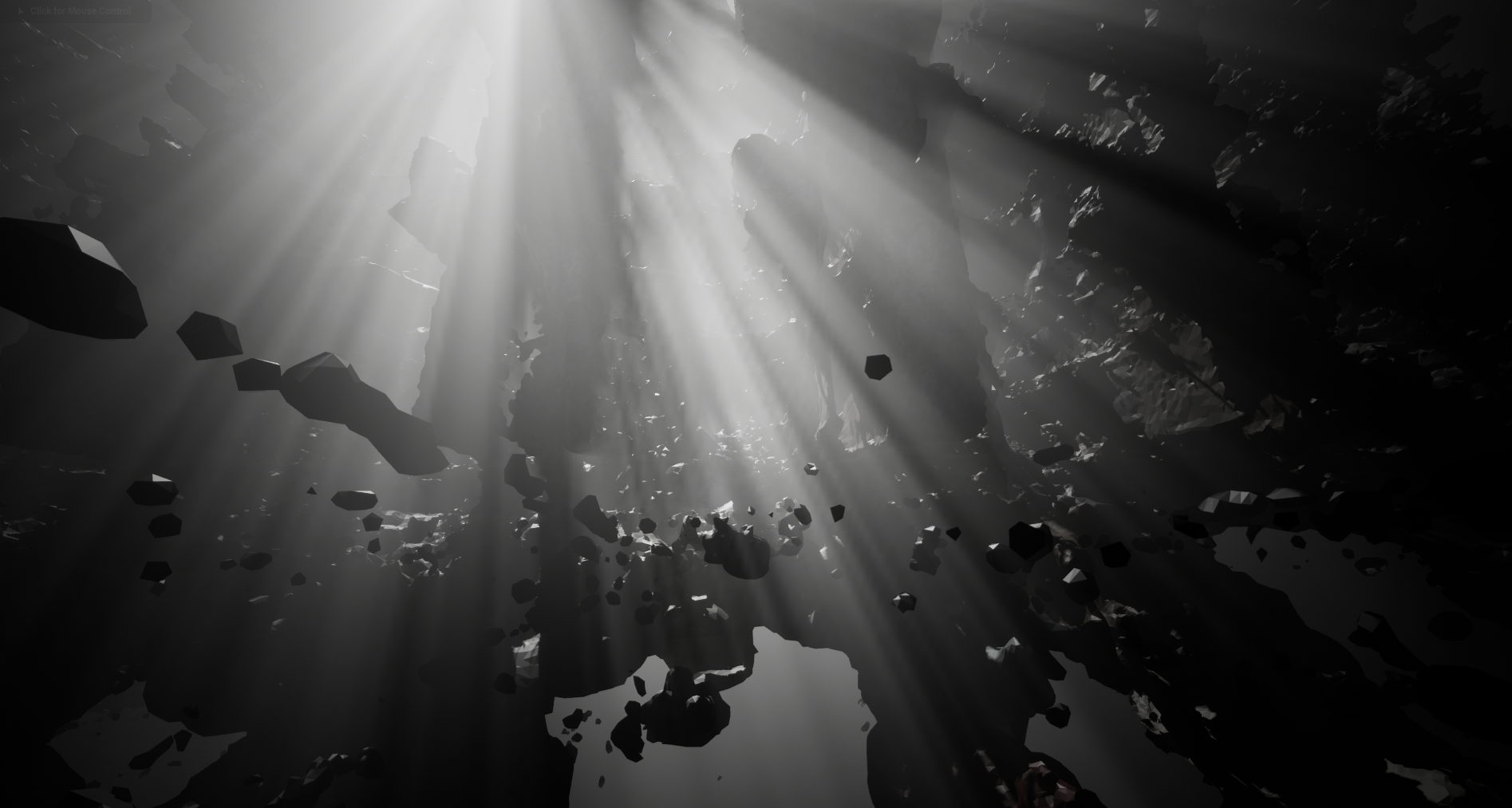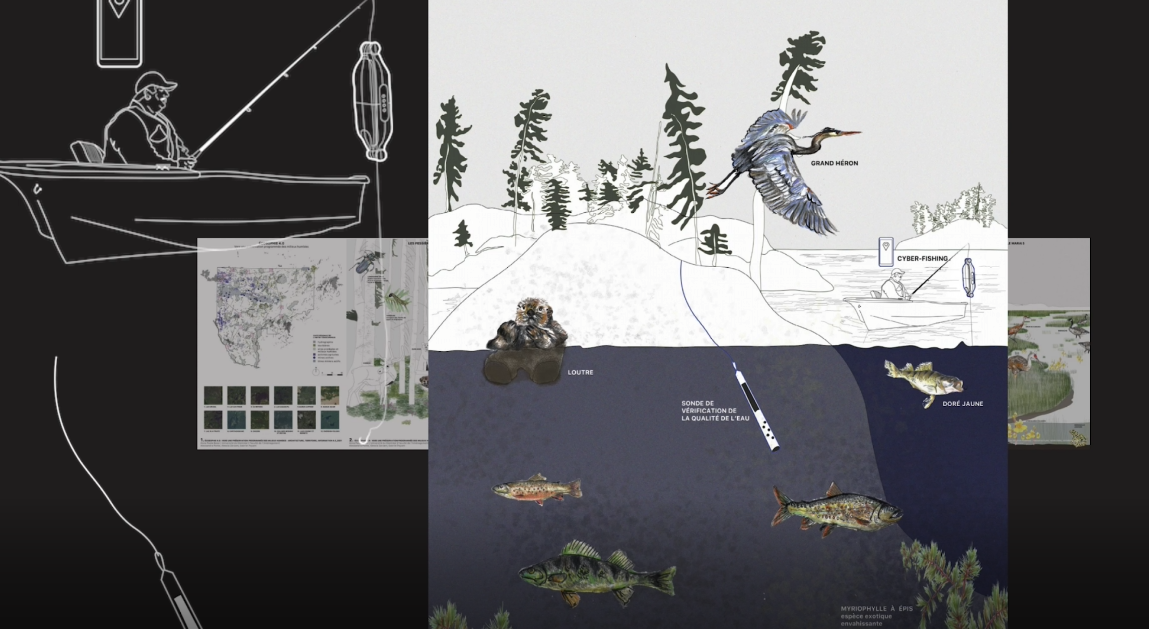- Video Embed Code:
https://youtu.be/dREIllyAaOI?start=2980
- Vignette / Thumbnail:

- Image Principale / Main Image:

- Auteur.e.s/Authors:
- , Sofian Audry, Sofian Audry is an artist, scholar, Professor of Interactive Media within the School of Media at the University of Quebec in Montreal (UQAM) and co-director of the Hexagram international network for research-creation in art, cultures and technologies. Their work is inspired from artificial intelligence, artificial life, biology and cognitive sciences. Their computational artistic practice branches through multiple media including robotics, interactive installations, immersive environments, physical computing interventions, internet art, and electronic literature. Audry is the author of the upcoming book Art in the Age of Machine Learning (MIT Press). Their work and research
- , Ionat Zurr, Dr Ionat Zurr is an artist, curator, researcher and academic coordinator of SymbioticA. An award winning artist and researcher, Zurr formed, together with Oron Catts, the Tissue Culture and Art Project. She has been an artist in residence in the School of Anatomy and Human Biology since 1996 and was central to the establishment of SymbioticA in 2000. Zurr, who received her PhD titled ‘Growing Semi-Living Art’ from the Faculty of Architecture, Landscape and Visual Arts, is a core researcher and academic co-ordinator at SymbioticA. She is considered a pioneer in the field of biological arts and her work has been exhibited internationally.
- , Cynthia Noury, Cynthia Noury is pursuing a doctorate in research-creation communication (UQAM) dedicated to media street interviewing. She explores the issues related to this practice from both a theoretical and a creative perspective, notably through a series of experimental radio performances. She has collaborated on several international projects and research groups on research-creation and is also a lecturer at UQAM's École des médias.
- , Marc-André Cossette, Marc-André Cossette is a Canadian trans-disciplinary artist working on the relation between technology and performing arts using sound, visual, and interaction design. Marc-André holds a BA in Interactive Media and a Master’s in Experimental Media (UQAM). He is now pursuing a PhD program at Concordia University in which he explores the use of Artificial Intelligence and Artificial Life algorithms to create generative dance performances. In addition to his research-creation practice, Marc-André has collaborated with several artists as a sound, visual, interaction, and stage designer. He is also the co-creator and co-host of the REC podcast series on research-creation produced in collaboration with CHOQ.fm and the Hexagram Network.
- , Paloma Leyton, Paloma Leyton is a Ph.D. student in research-creation (UQAM/UNIBO), whose project focuses on the roles that gravity management and identity construction play in the movement of the body in suspension. Her background blends art-based approaches to creation, research and education in both visual arts and aerial practices, in different contexts (international institutions, companies around the world, local education systems and associations). She works fluently in French, English, Spanish, and Italian.
- , Gaelle Scali, Gaelle Scali is pursuing a Master’s degree in communication, research-creation, experimental media at Université du Québec à Montréal. Musician and visual artist by training, she explores the connections between matter, sound, writing, and space through her research and creation. Her work is at the crossroads between musical performance, painting, and installation. She is interested in musical technologies inspired by « live electronic music », like human-machine interfaces, digital instruments, improvisation, and visual arts.
REⓒ is a radio series featuring young Montreal researchers-creators whose creative practice is changing not only the way we perceive research, but — potentially — our entire worldview.
Through REⓒ, we invite our listeners to follow us in the vibrant world of research-creation. Each episode of the series addresses a current topic through a common question in order to illustrate how research practices that include the arts and creation are redefining our understanding of the production of knowledge in academia
REⓒ presents a special episode that will premiere during the Ars Electronica Festival 2021. This episodes will feature Sofian Audry from Université du Québec à Montréal and Ionat Zurr from University of Wes Australia. During the 1-hour discussion, the participants will discover each other's work with the public and exchange about Hexagram's yearly thematic: EMERGENCE/Y.
Guest
Sofian Audry (UQAM)
Ionat Zurr (UWA)
Host
Marc-André Cossette
REC Team
Cynthia Noury
Marc-André Cossette
Paloma Leyton
Gaelle Scali
External resources and links
Sofian Audry, Personal Website
SymbioticA Official Website





